
Henry Rich, 1st Earl of Holland, was an English courtier and politician executed by Parliament after being captured fighting for the Royalists during the Second English Civil War. Younger brother of Robert Rich, 2nd Earl of Warwick, a Puritan activist and commander of the Parliamentarian navy during the Wars of the Three Kingdoms, Henry was better known as an "extravagant, decorative, quarrelsome and highly successful courtier".

The Battle of Naseby took place on Saturday 14 June 1645 during the First English Civil War, near the village of Naseby in Northamptonshire. The Parliamentarian New Model Army, commanded by Sir Thomas Fairfax and Oliver Cromwell, destroyed the main Royalist army under Charles I and Prince Rupert. Defeat ended any real hope of Royalist victory, although Charles did not finally surrender until May 1646.

Denzil Holles, 1st Baron Holles PC was an English statesman, best remembered as one of the Five Members whose attempted arrest by Charles I in January 1642 sparked the First English Civil War.
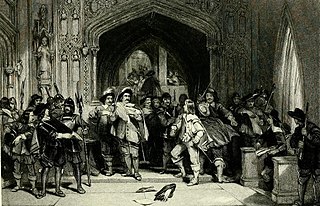
Pride's Purge is the name commonly given to an event that took place on 6 December 1648, when soldiers prevented members of Parliament considered hostile to the New Model Army from entering the House of Commons of England.

Sir William Waller was an English soldier and politician, who commanded Parliamentarian armies during the First English Civil War, before relinquishing his commission under the 1645 Self-denying Ordinance.

Marmaduke Langdale, 1st Baron Langdale was an English landowner and soldier who fought with the Royalists during the Wars of the Three Kingdoms.

Sir Hardress Waller, was an English Protestant who settled in Ireland and fought for Parliament in the Wars of the Three Kingdoms. A leading member of the radical element within the New Model Army, he signed the death warrant for the Execution of Charles I in 1649; after the Stuart Restoration in 1660, he was condemned to death as a regicide, a sentence commuted to life imprisonment.

Sir John Gell, 1st Baronet was a British landowner from Derbyshire who acted as local Parliamentarian commander for most of the First English Civil War before resigning in May 1646. He was notorious for parading the body of his Royalist opponent through Derby after the Battle of Hopton Heath in March 1643.

The Second English Civil War took place between February to August 1648 in England and Wales. It forms part of the series of conflicts known collectively as the 1639 to 1651 Wars of the Three Kingdoms, which include the Irish Confederate Wars, the 1639 to 1640 Bishops' Wars, and the Cromwellian conquest of Ireland.
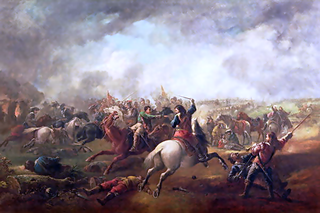
The First English Civil War was fought in England and Wales from approximately August 1642 to June 1646 and forms part of the 1639 to 1651 Wars of the Three Kingdoms. Other related conflicts include the Bishops' Wars, the Irish Confederate Wars, the Second English Civil War, the Anglo-Scottish war (1650–1652) and the Cromwellian conquest of Ireland. Based on modern estimates, 15% to 20% of all adult males in England and Wales served in the military between 1639 to 1651 and around 4% of the total population died from war-related causes, compared to 2.23% in World War I. These figures illustrate the impact of the conflict on society in general and the bitterness it engendered.

Colonel Adrian Scrope, also spelt Scroope, 12 January 1601 to 17 October 1660, was a Parliamentarian soldier during the Wars of the Three Kingdoms, and one of those who signed the death warrant for Charles I in January 1649. Despite being promised immunity after the Restoration in 1660, he was condemned as a regicide and executed in October.

Colonel Sir Edward Rossiter, 1 January 1618 to 9 January 1669, was an English landowner, soldier and politician from Lincolnshire. He fought for the Parliamentarians in the Wars of the Three Kingdoms and was an MP at various times between 1646 and 1660.
The Army Council was a body established in 1647 to represent the views of all levels of the New Model Army. It originally consisted of senior commanders, like Sir Thomas Fairfax, and representatives elected by their regiments, known as Agitators.
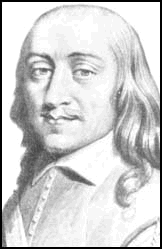
Thomas Rainsborough, or Rainborowe, 6 July 1610 – 29 October 1648, was an English religious and political radical who served in the Parliamentarian navy and New Model Army during the Wars of the Three Kingdoms. One of the few contemporaries who rivalled Oliver Cromwell in terms of personal charisma and military ability, he has been described as "a soldier of impressive professional competence and peerless courage". He is perhaps best remembered for his leadership of the Leveller faction during the 1647 Putney Debates, when he spoke in favour of the "One man, one vote" principle, arguing "the poorest he...in England hath a life to live, as the greatest he".
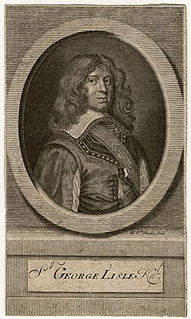
Sir George Lisle was a professional soldier from London who briefly served in the later stages of the Eighty and Thirty Years War, then fought for the Royalists during the Wars of the Three Kingdoms. Captured at Colchester in August 1648, he was condemned to death by a Parliamentarian court martial and executed by firing squad along with his colleague Charles Lucas.

Major General Rowland Laugharne was a member of the Welsh gentry, and a prominent soldier during the Wars of the Three Kingdoms, in which he fought on both sides.
![<span class="mw-page-title-main">Thomas Mytton</span> Welsh [[Puritan]], soldier and politician (ca.1597-1656)](https://upload.wikimedia.org/wikipedia/commons/thumb/3/35/Thomas_Mytton_Harding.jpg/245px-Thomas_Mytton_Harding.jpg)
Major General Thomas Mytton, also spelt Mitton, 1597 to November 1656, was a lawyer from Oswestry who served in the Parliamentarian army during the Wars of the Three Kingdoms and as MP for Shropshire in the First Protectorate Parliament.
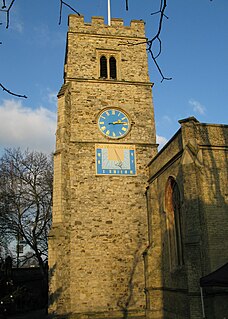
Colonel Nathaniel Rich was a member of the landed gentry from Essex, who sided with Parliament during the Wars of the Three Kingdoms and was "an example of those pious Puritan gentlemen who were inspired by the ideals of the English Revolution". Appointed a colonel in the New Model Army in 1645, then elected MP for Cirencester in 1648, he was a close associate of Oliver Cromwell until the two fell out due to his association with the Fifth Monarchists, a radical religious group that opposed the latter's appointment as Lord Protector in 1653.

The Battle of Bramber Bridge was a minor skirmish that took place on 13 December 1643, during the First English Civil War. A Royalist detachment from Arundel attempted to secure the bridge over the River Adur at Bramber in West Sussex, but found a Parliamentarian force already in possession.

The Battle of St Neots on 10 July 1648 was a skirmish during the Second English Civil War at St Neots in Cambridgeshire. A Royalist force led by the Earl of Holland and Colonel John Dalbier was defeated by 100 veteran troops from the New Model Army, commanded by Colonel Adrian Scrope.

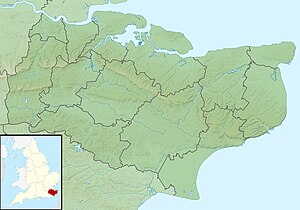
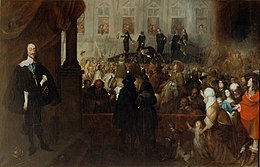















![<span class="mw-page-title-main">Thomas Mytton</span> Welsh [[Puritan]], soldier and politician (ca.1597-1656)](https://upload.wikimedia.org/wikipedia/commons/thumb/3/35/Thomas_Mytton_Harding.jpg/245px-Thomas_Mytton_Harding.jpg)

